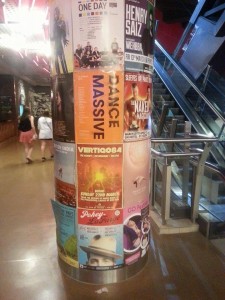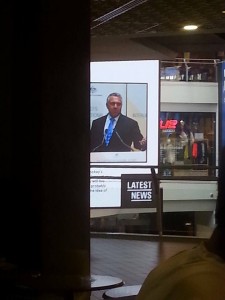For our project brief we are focusing on texts. We’ve decided to take on advertising as a form of text, and more specifically we will be creating a website relating to advertising used by Volkswagen.
Between the three of us this website will be broken down into:
- Sponsorship (Promotional media (film/TV), Events, product placement)) – Chloe
- Print Media (Magazine, newspaper) – Shannon
- Television and Radio Commercials – Gabe
As a group we will discuss the influence of social media and the Internet on advertising, with a focus on facebook. Current and future trends of these methods will be discussed in a summary of sorts.
Each of the above sections will have a focus on:
- The history
- Importance and effectiveness (psychology)
- Interpretation
- Semiotics (Roland Barthes)
- Which advertisements work best in different cultures
- Creativity
- Demographics of source targets
- Culture targets
For the website, we would like to keep the aesthetic in line with that of the conventions of advertising. Therefore the layout will be:
- Simple
- Informative
- Attractive
- Clean
- Easy to read
We want to emulate the style of Volkswagen advertisements and adapt this to the format of our website.
Before the next session, we plan to have more specific research relating to our delegated areas. As well as this, we will spend the next week or so finding Volkswagen advertisements that will aid in the construction of the website.
– Gabriel

